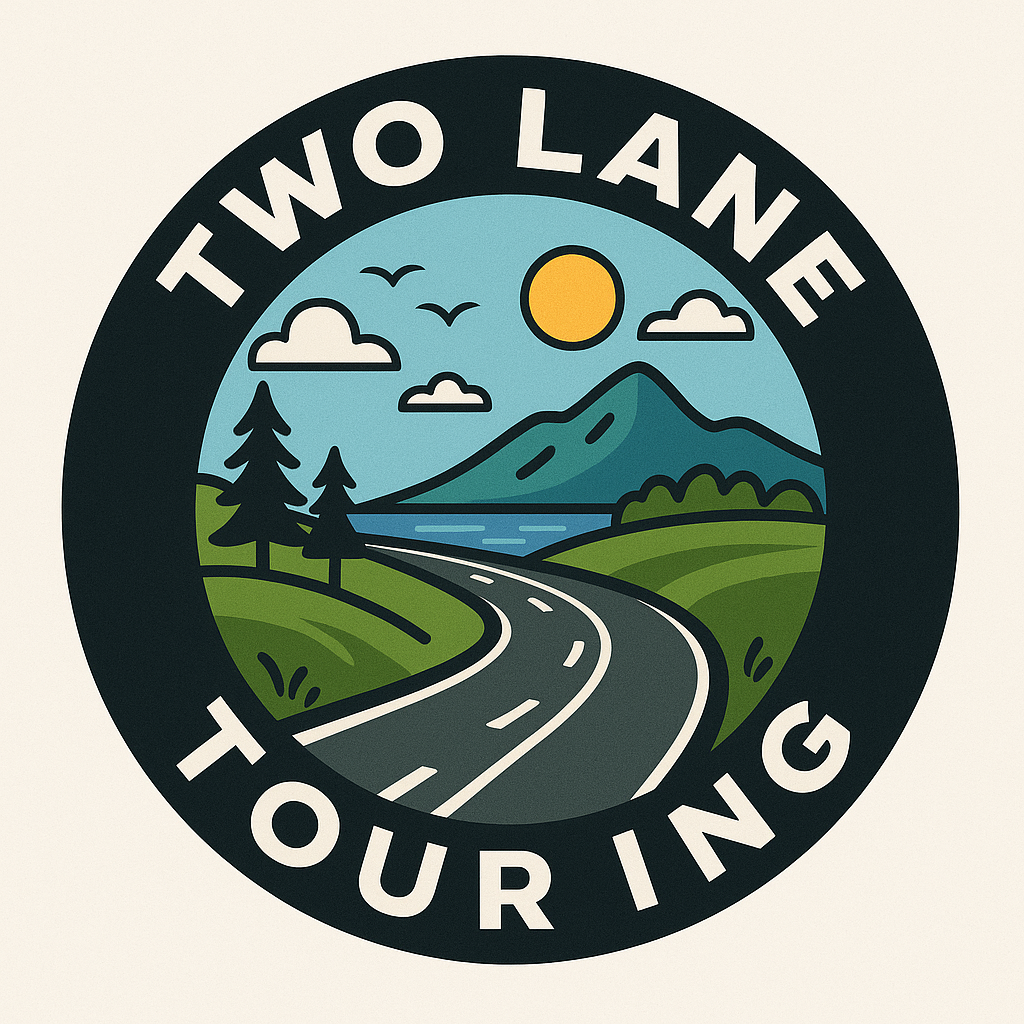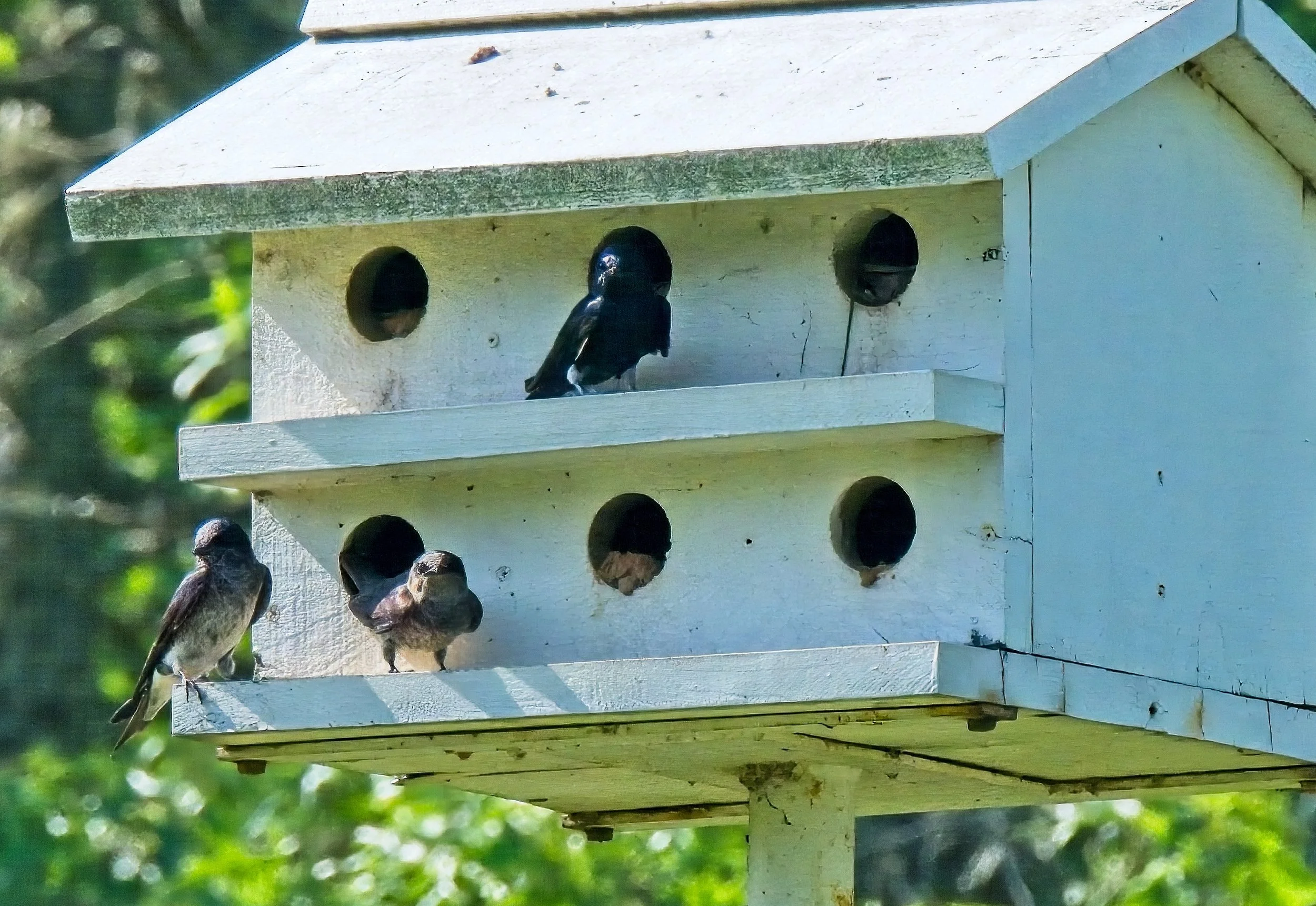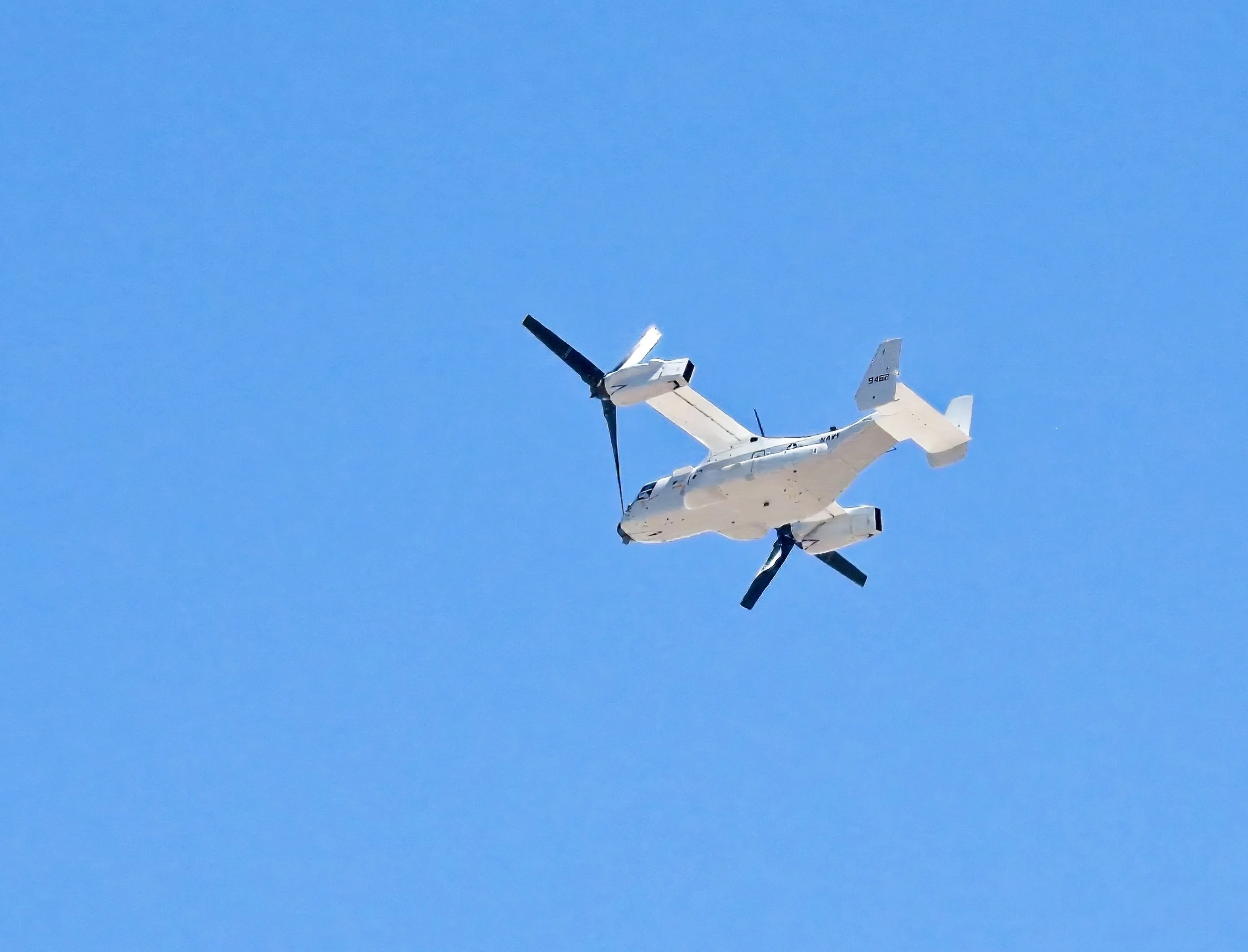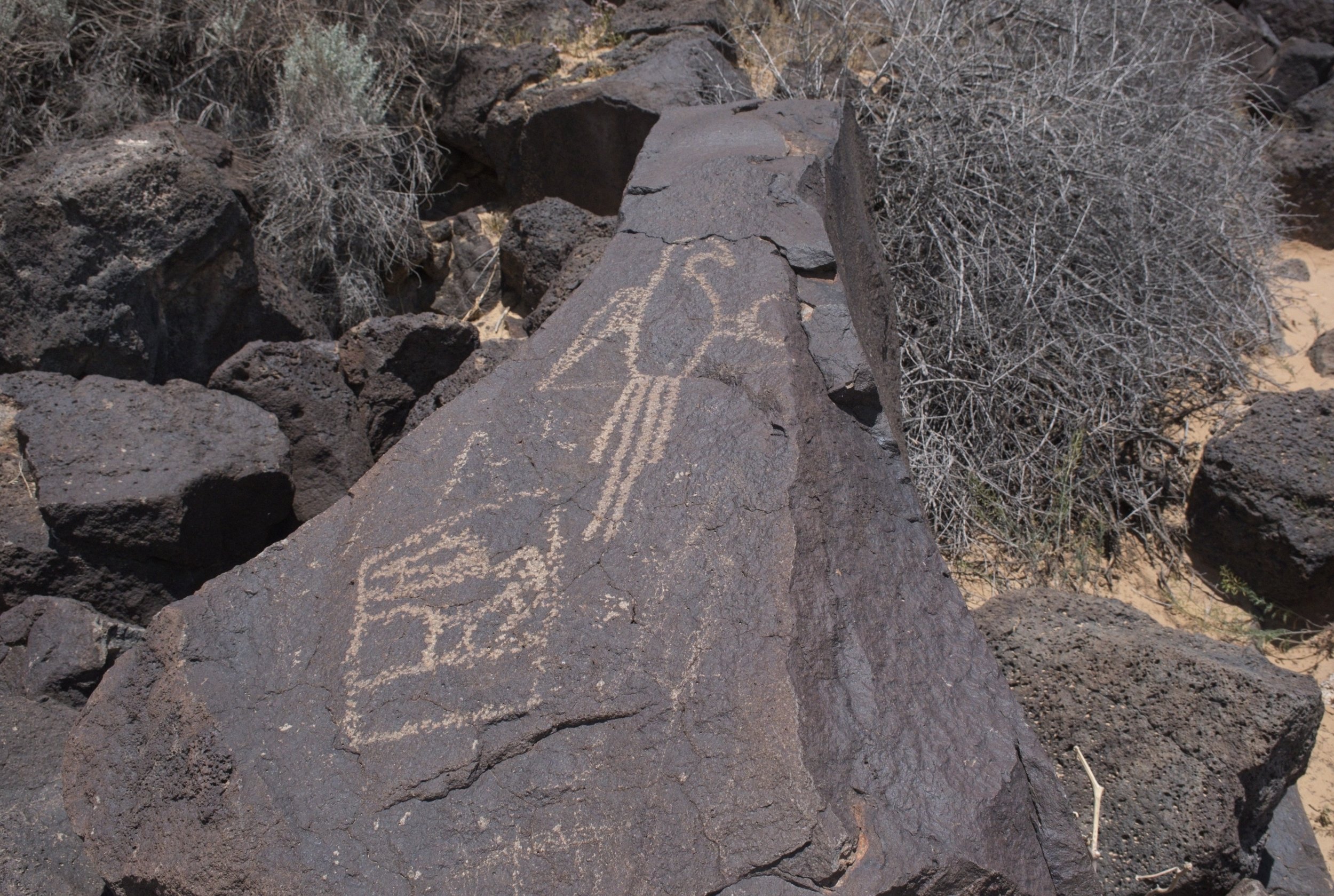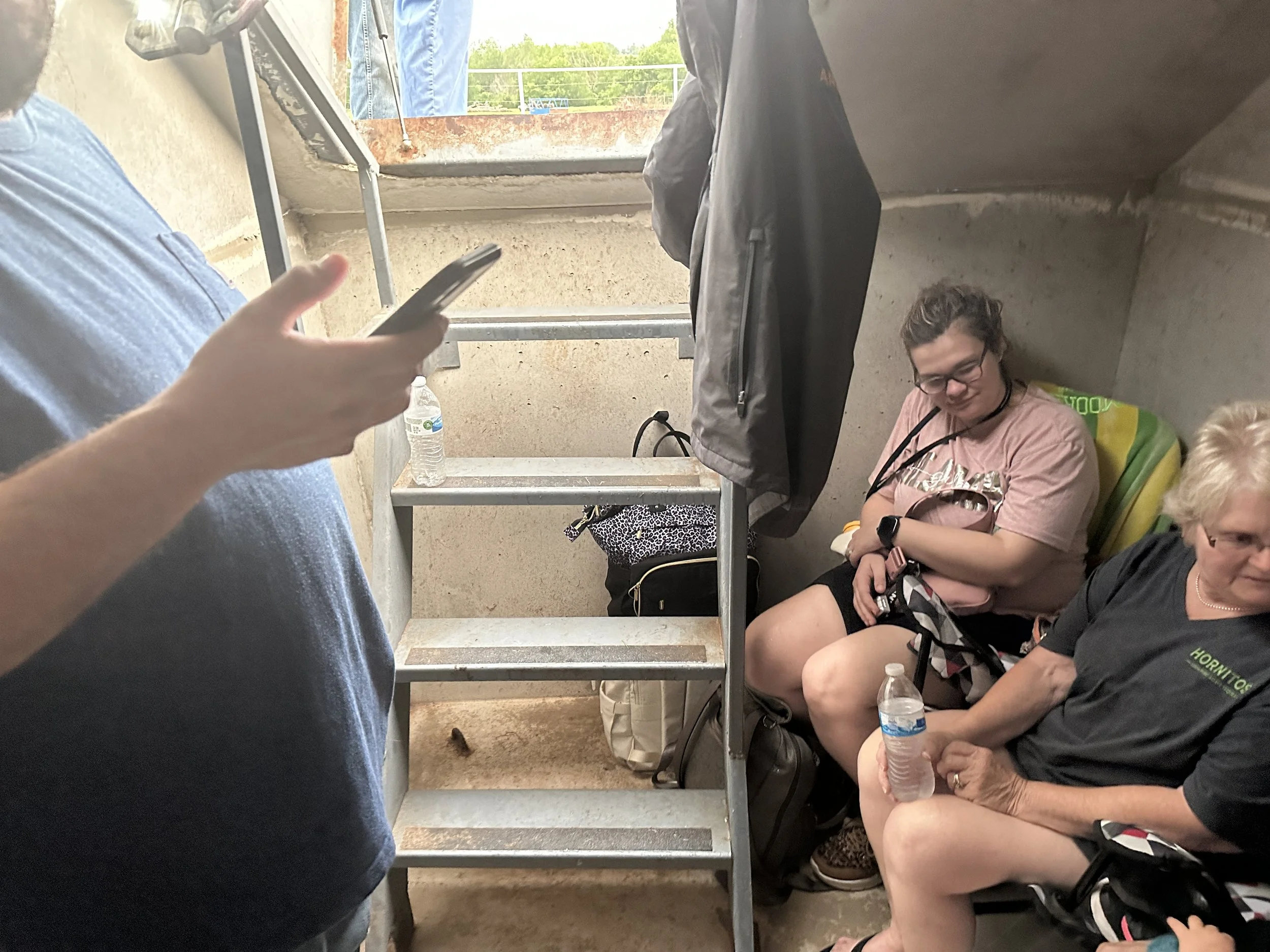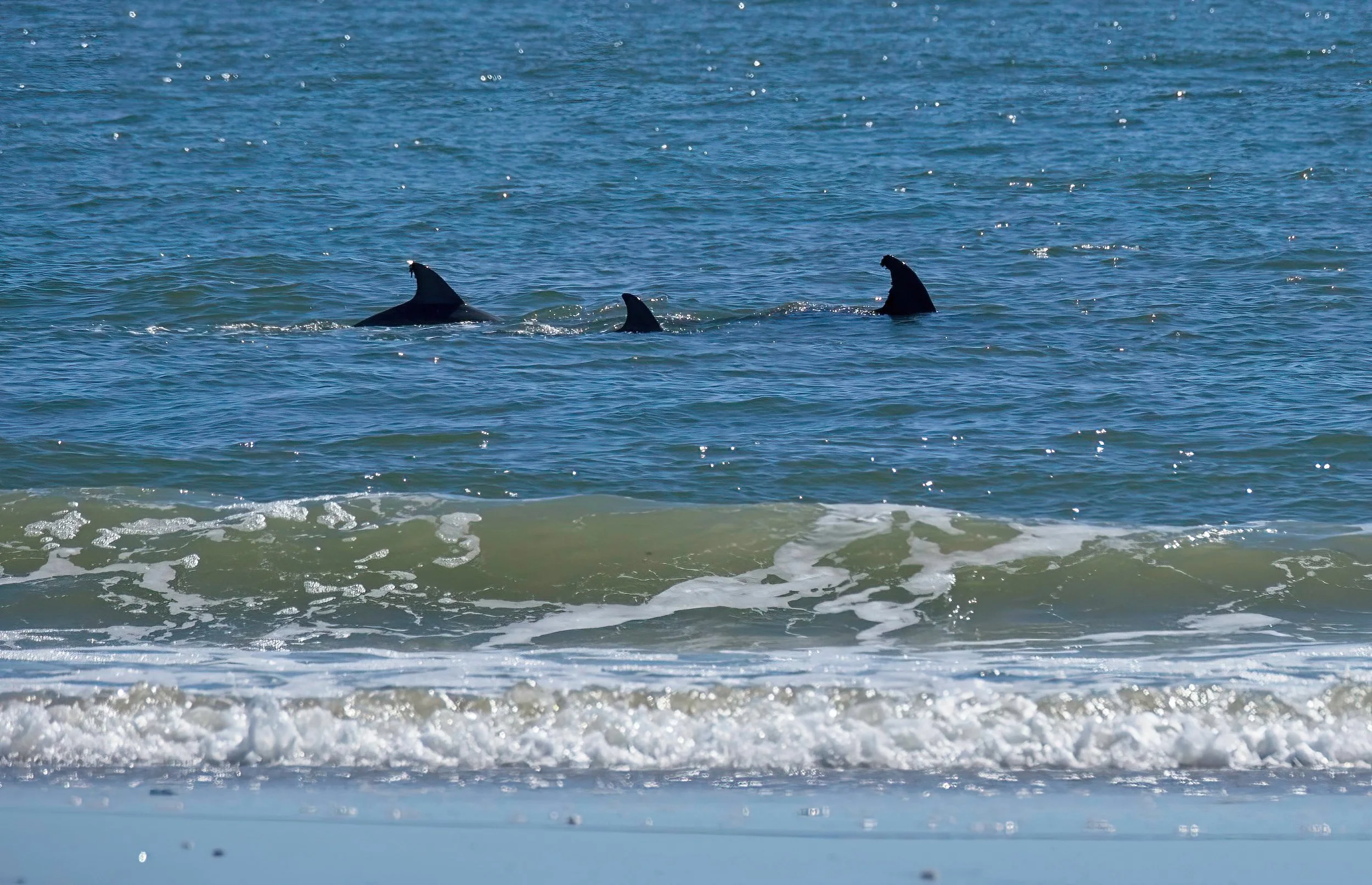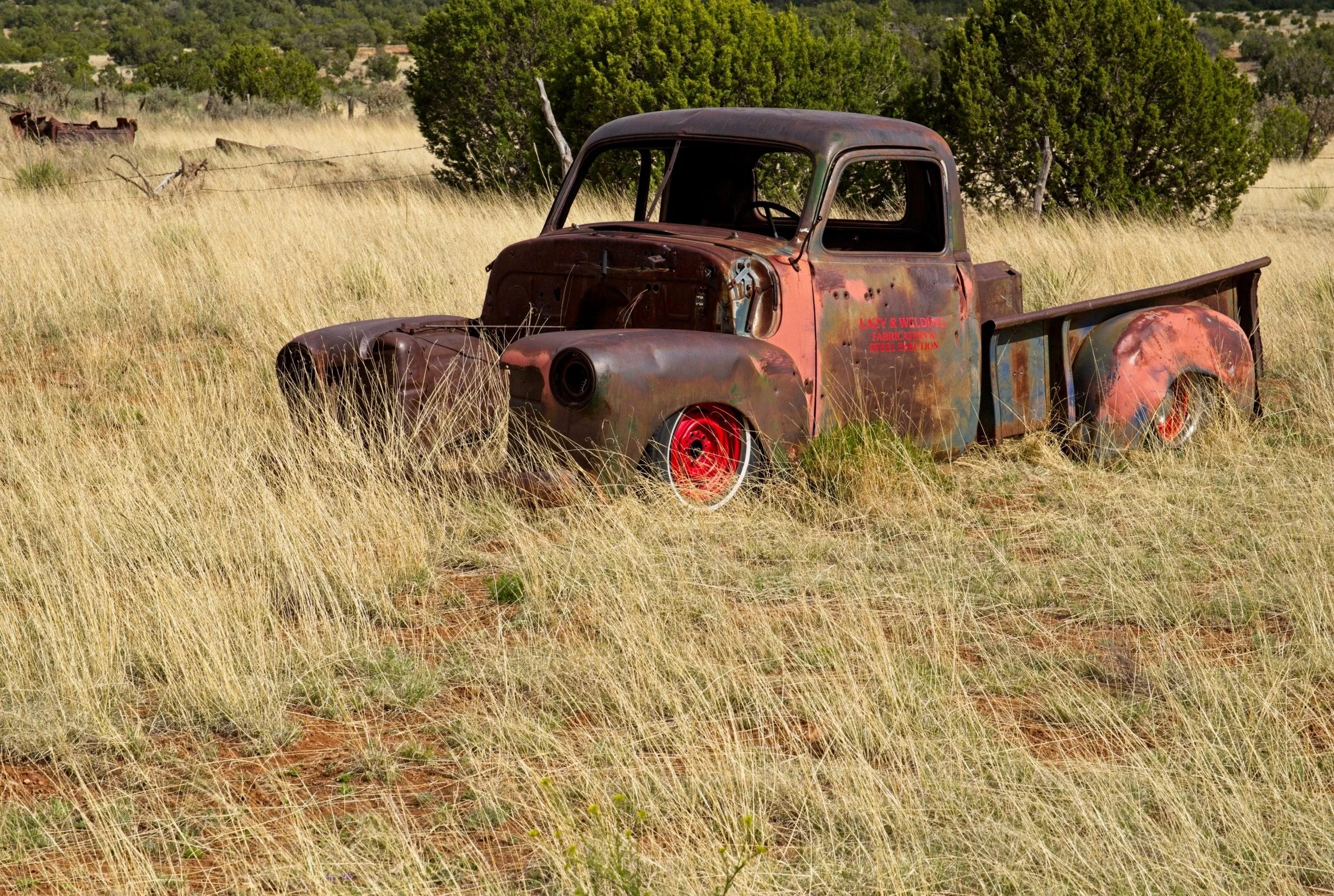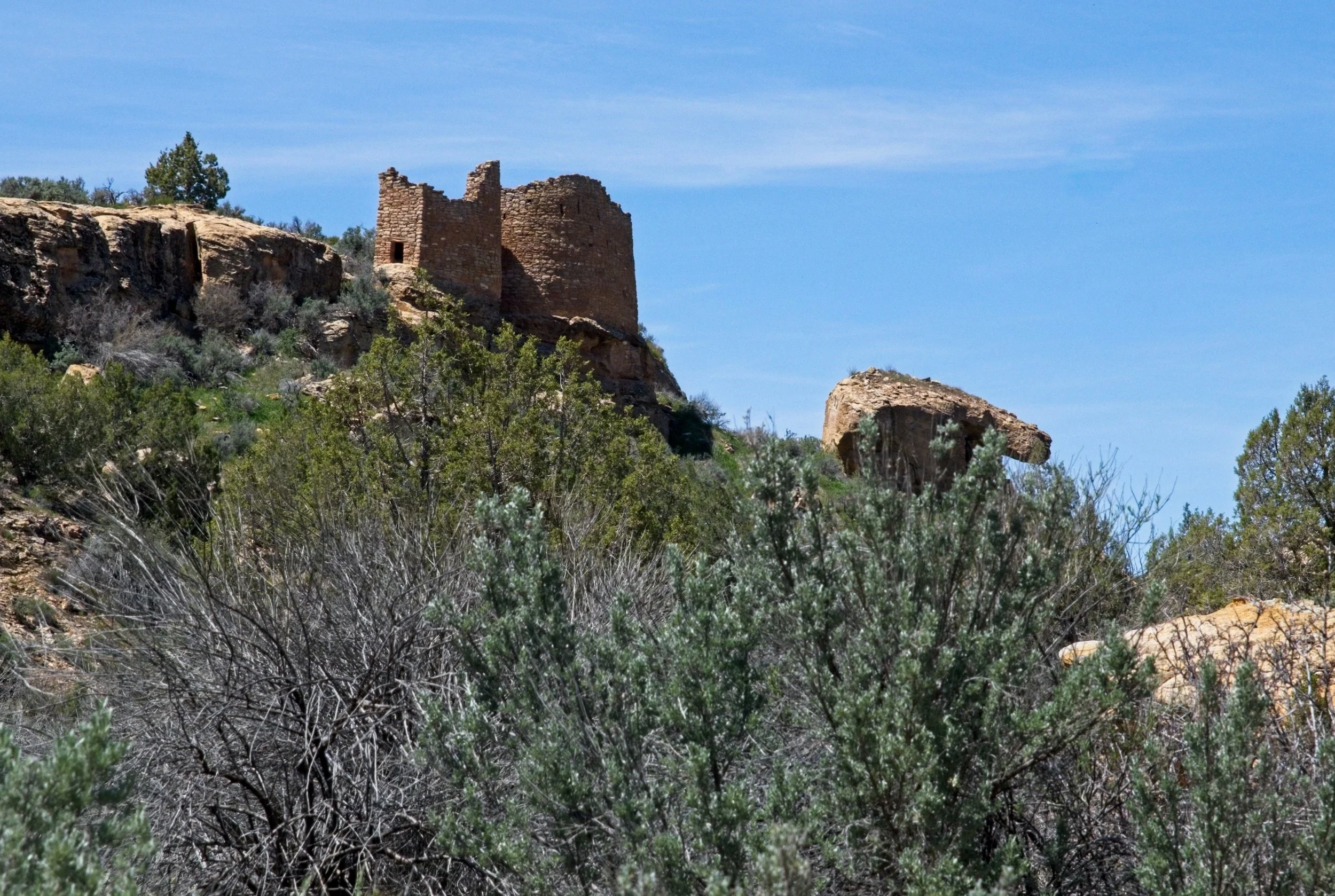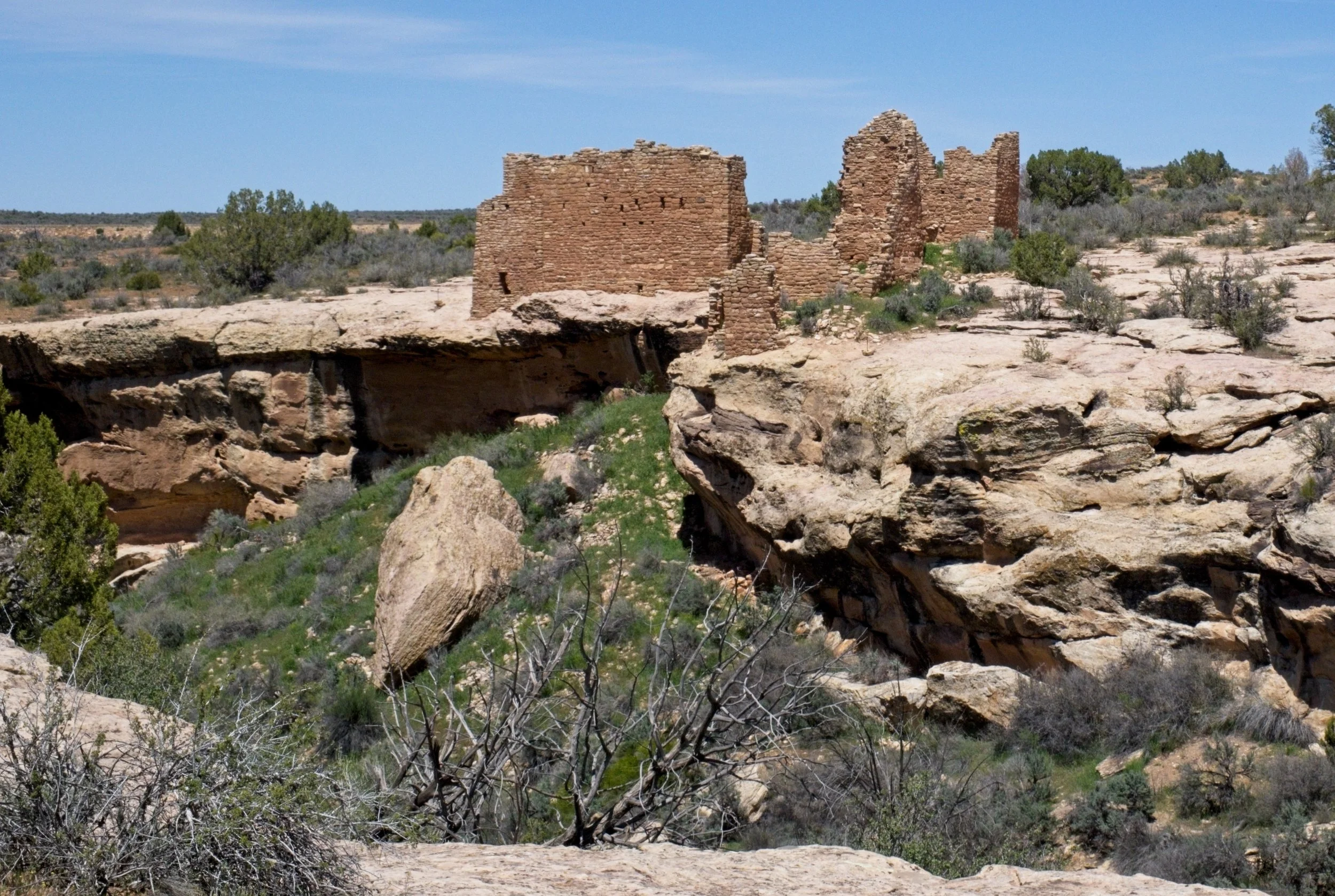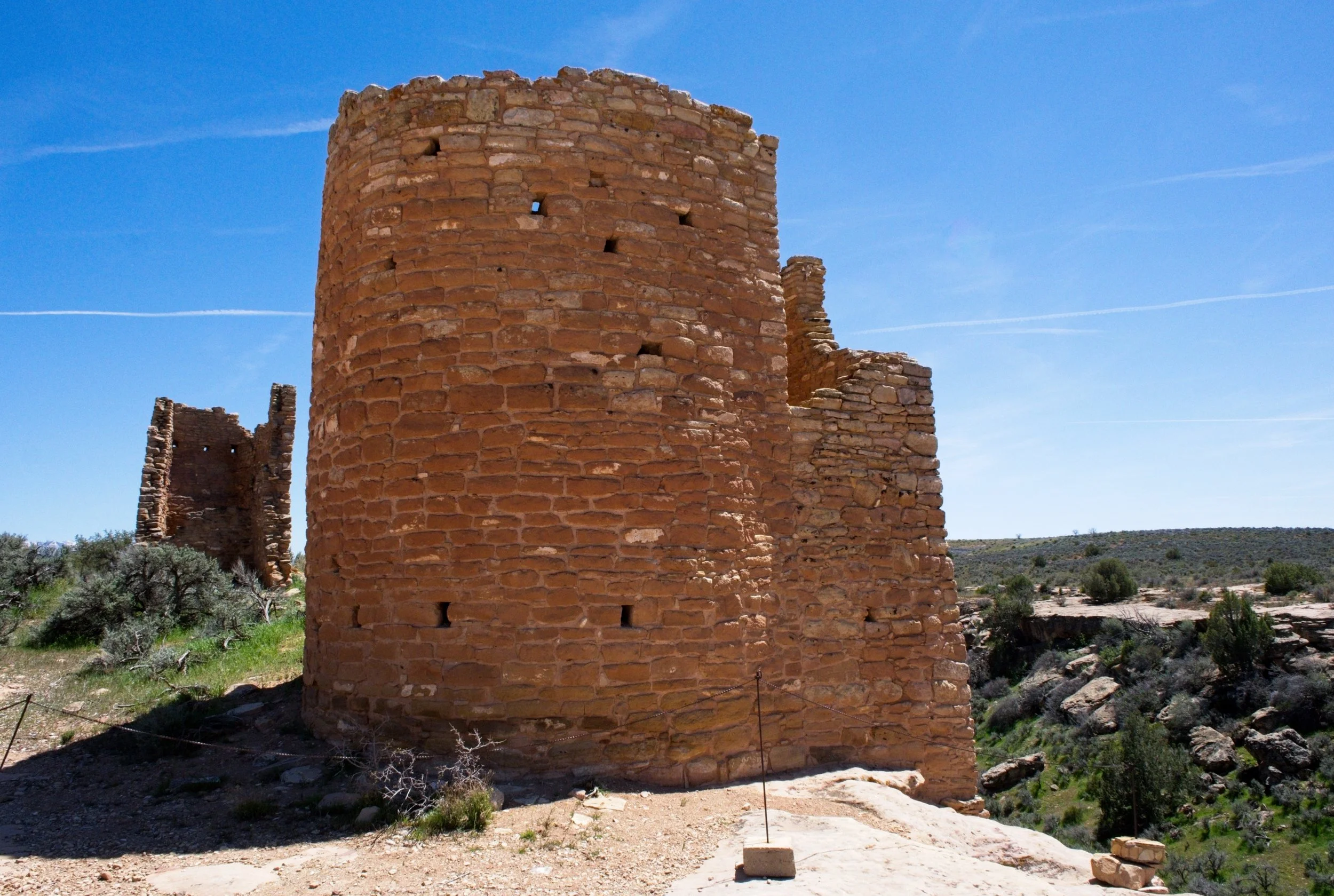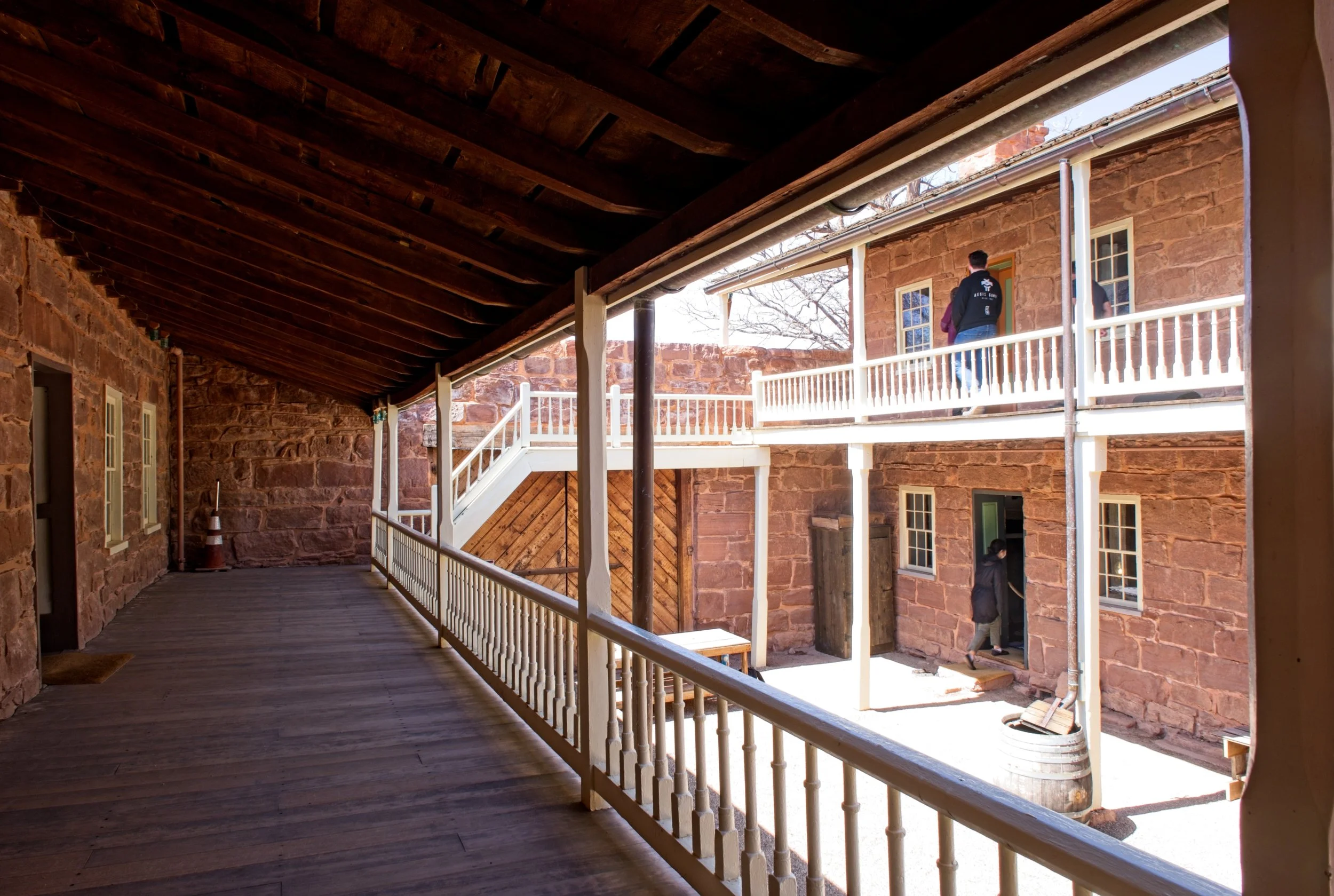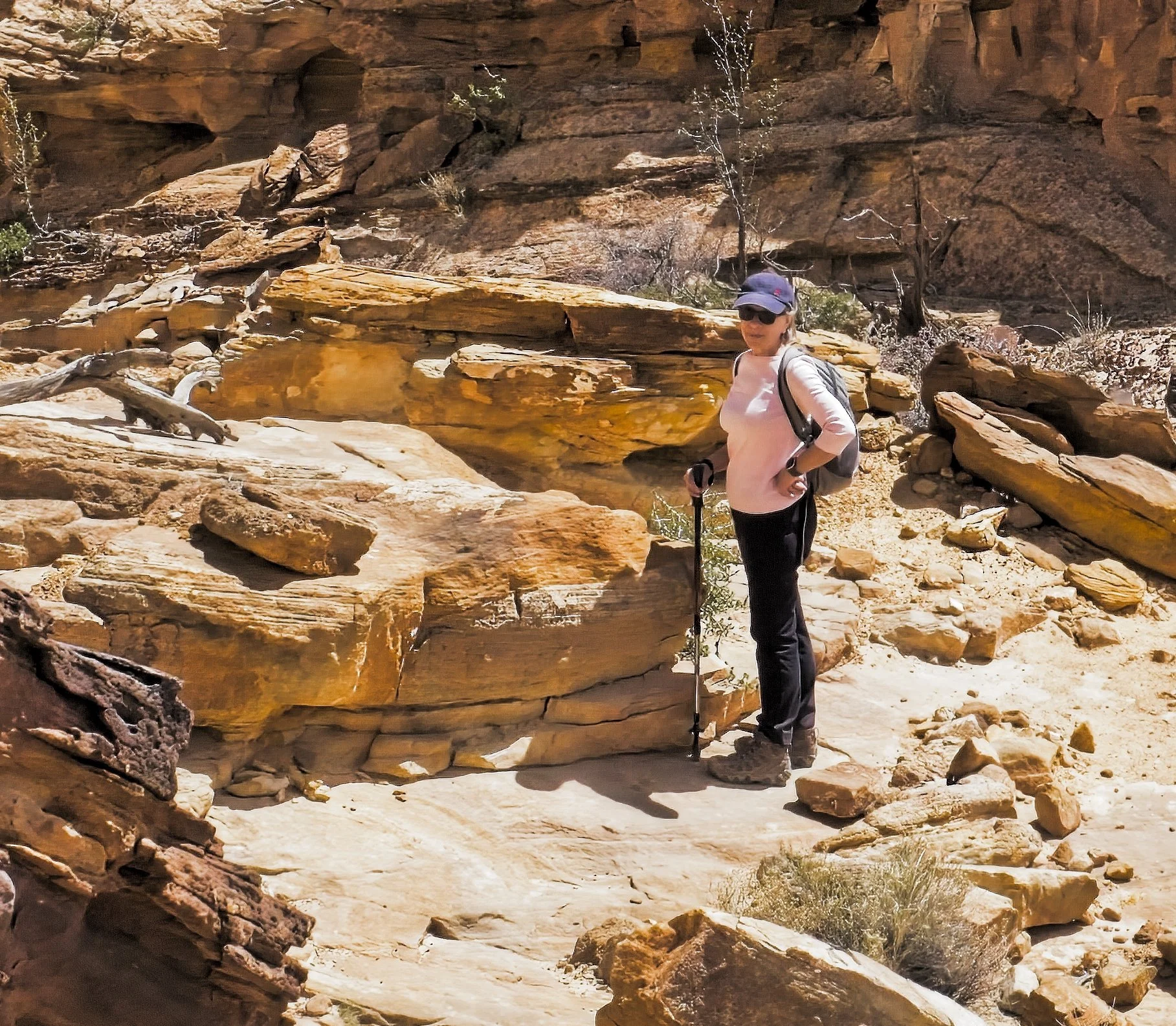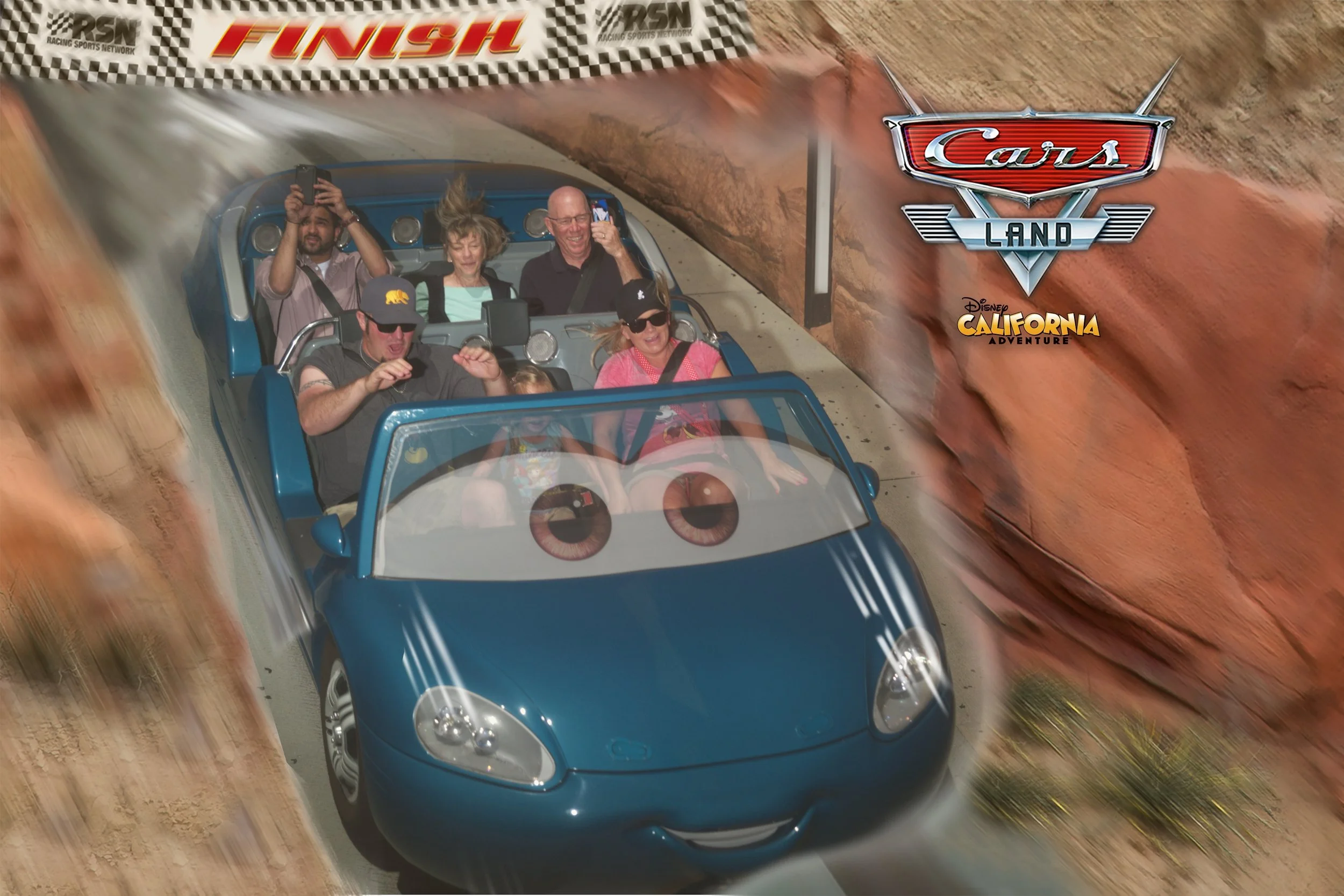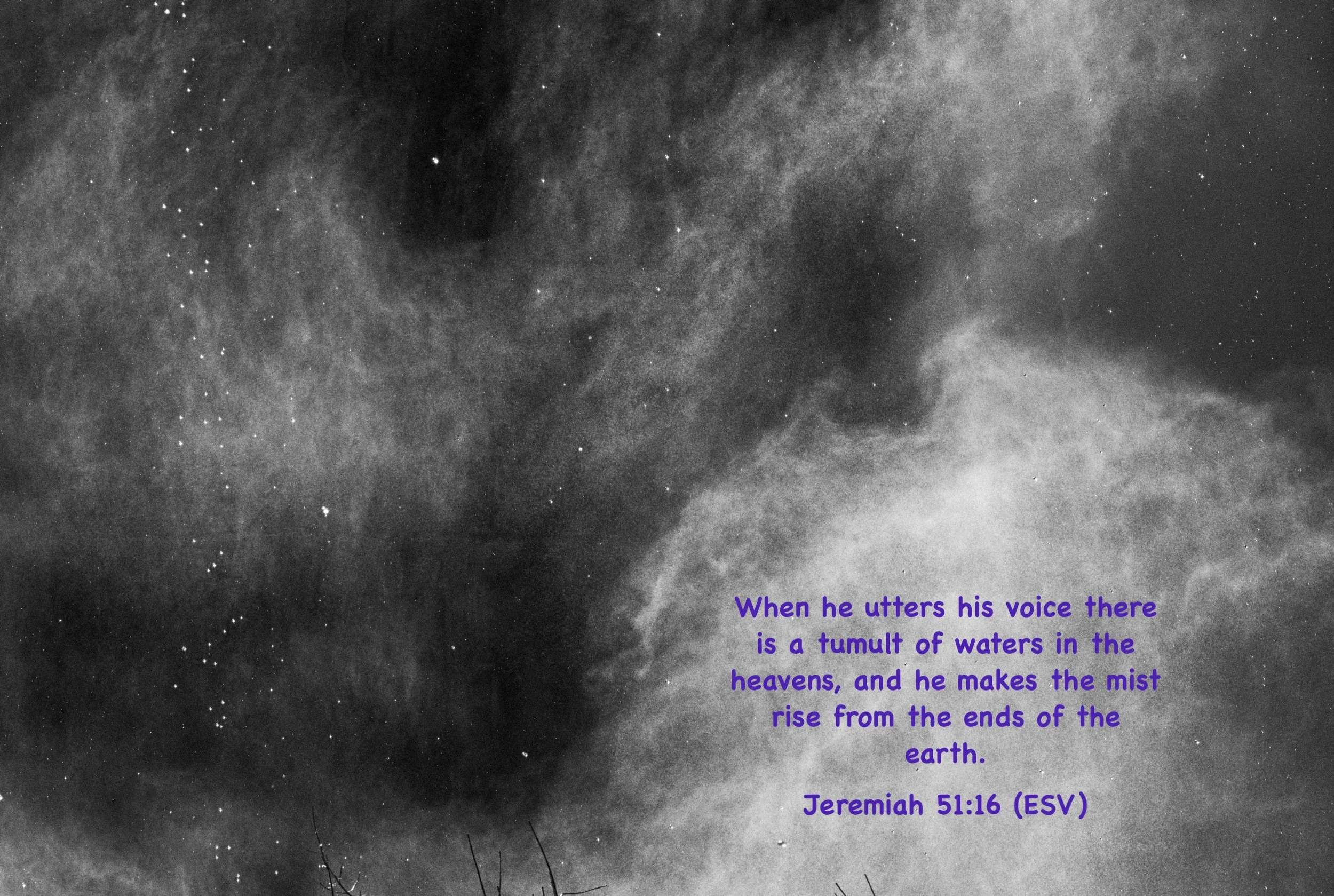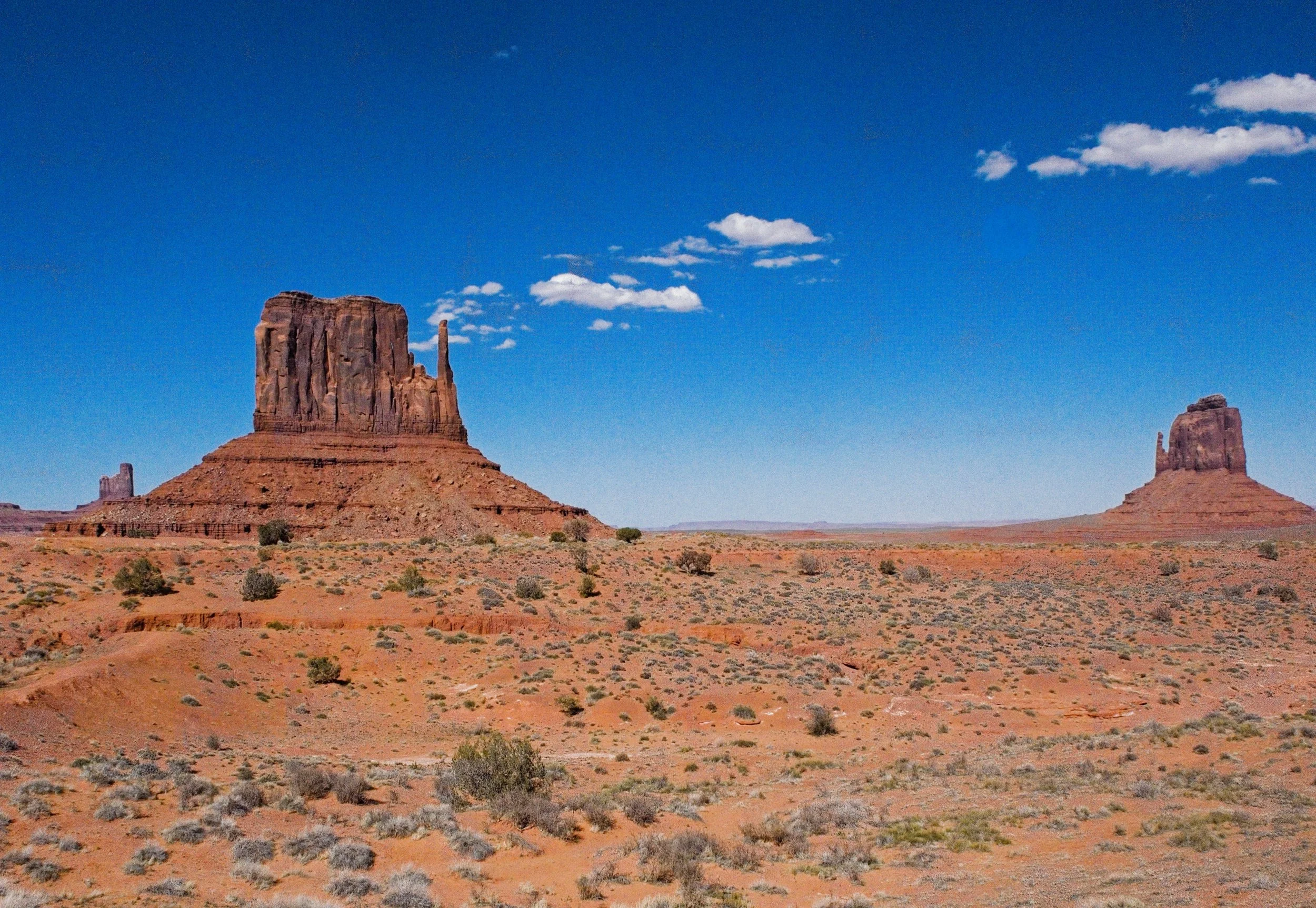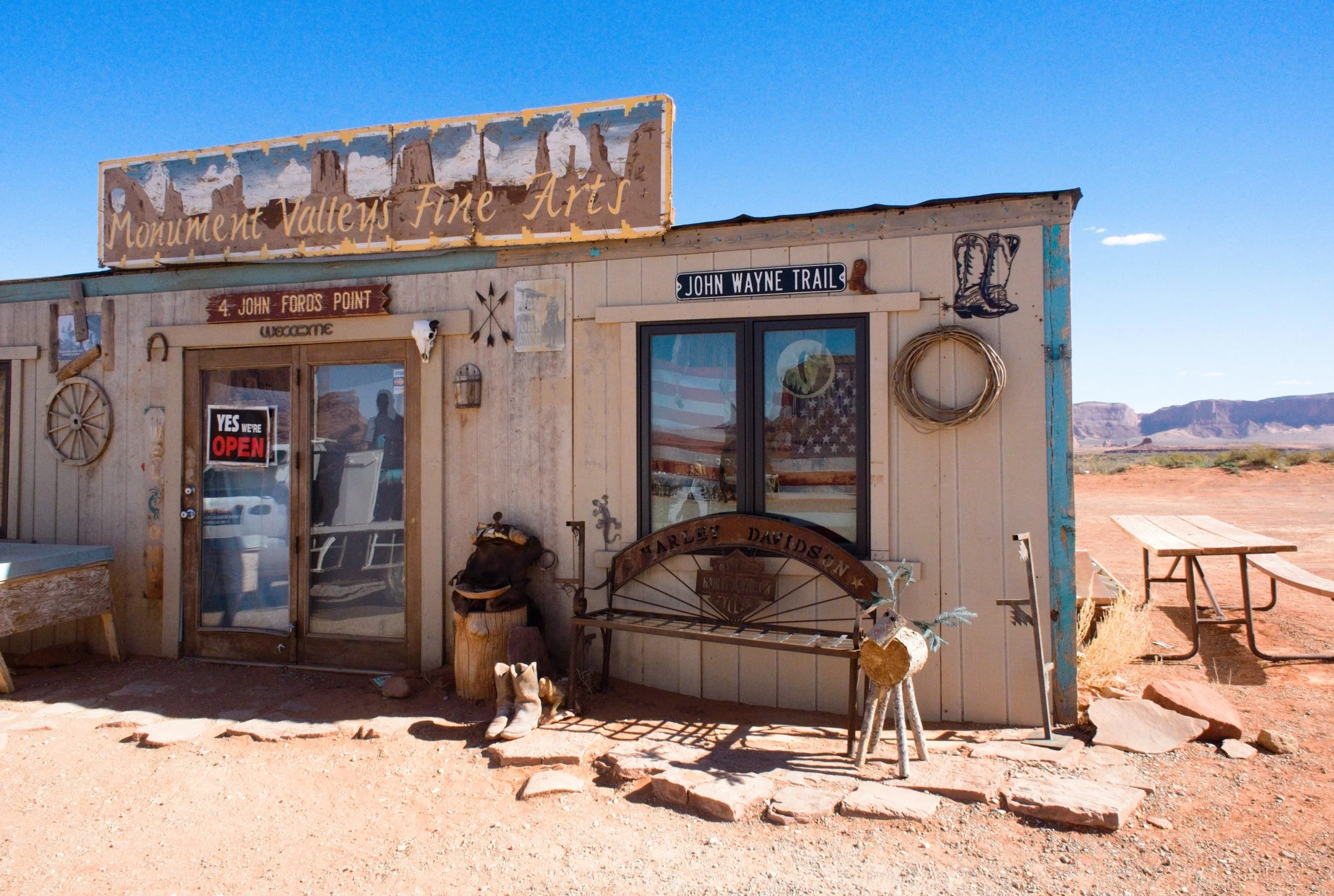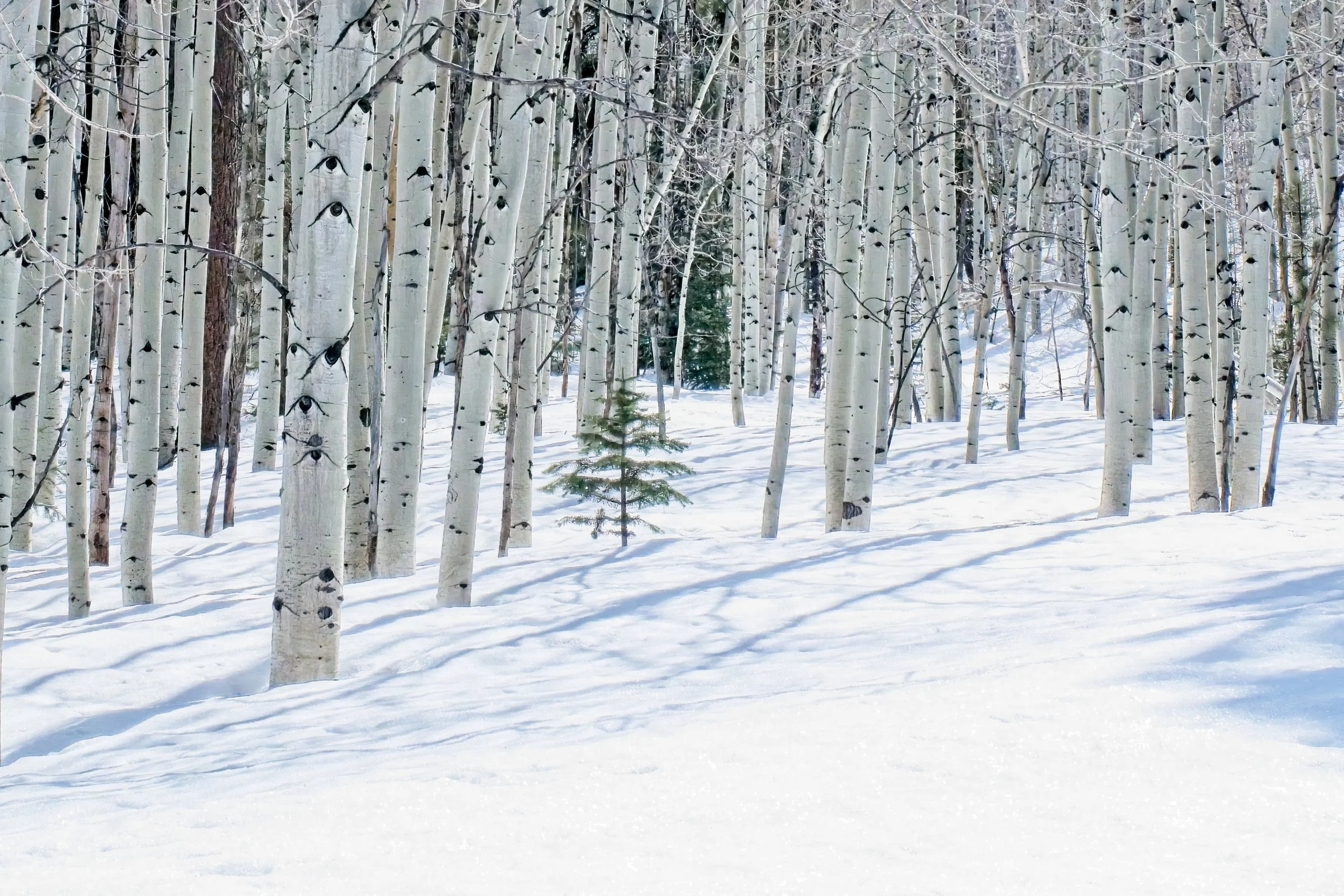This is a wow park. You descend from a mountain that is between Valles and Bandelier park and suddenly this impossibly huge landscape appears, like a meadow on steroids. The valley is 13 miles across and four or five wide ringed with mountains. Breathtaking. It has not been a park too long. The rights to thousands of acres were obtained in 2007 but NPS did not take full possession until 2015. They are still evaluating what to do with aspects of the park. There are miles of hiking trails, 2500 elk and these vistas. Just amazing. The whole valley had 40 inches of snow covering it just three weeks before we arrived so the ponds and streams were full. We saw one small herd of elk at a distance. We only had 2 hours and the ranger gave us a back country permit to drive 2 miles to some of the old cabins that the ranch used for years. They do not yet know what they will do with them. Anyway this is going to be a park that will draw people. It is close to Bandolier (next park report) and in a beautiful area.
This herd of elk was at least 2 miles away.
This is a 140 year old ranch house. Could not get closer on this day
Lots of these about.
